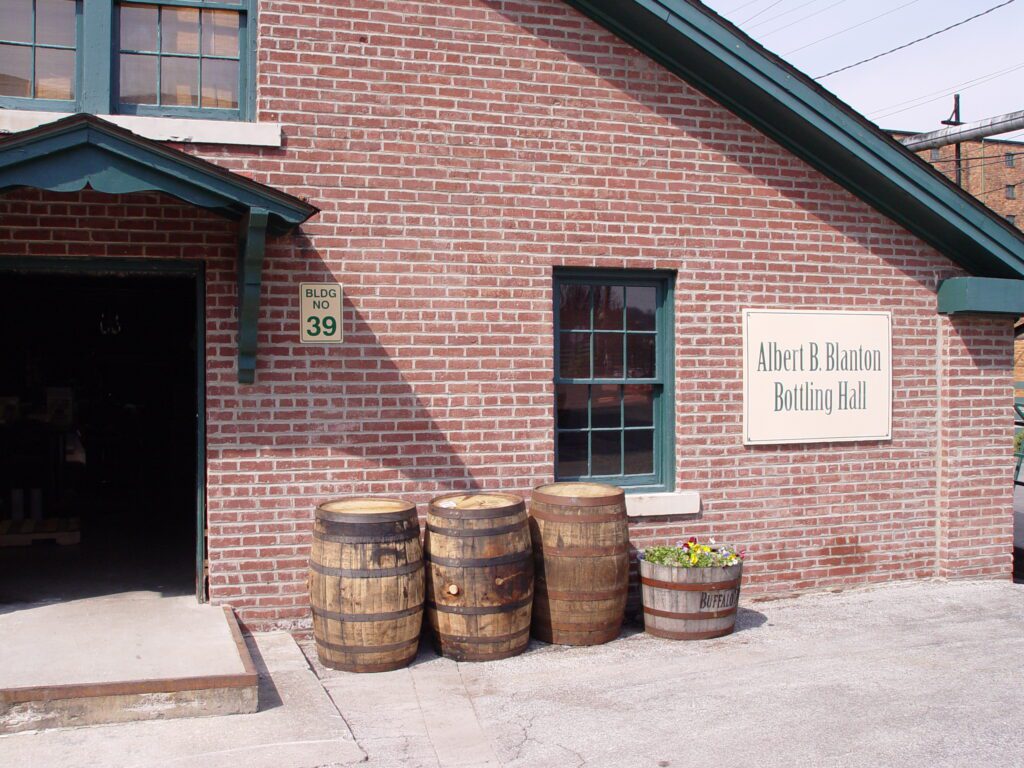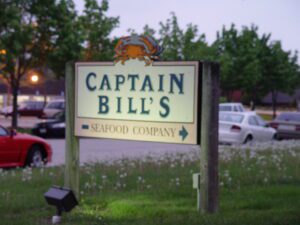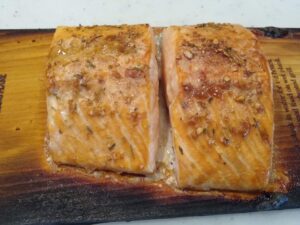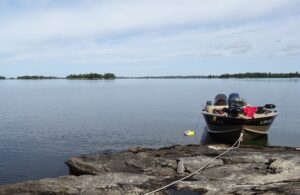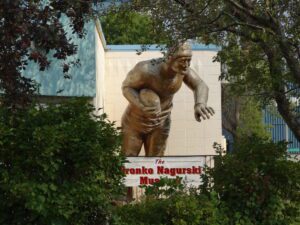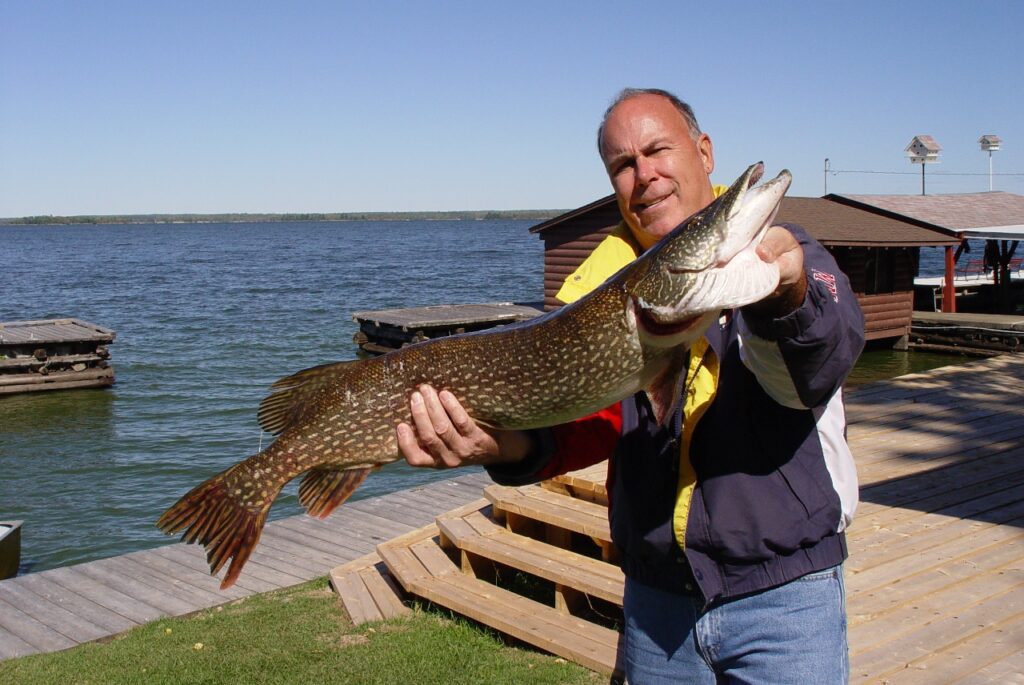It was time to meet Angela Traver, (previously Public Relations Manager for Buffalo Trace Distillery, and now President of Speakeasy Communications. There is so much to say about the uniqueness of not only Buffalo Trace bourbon, but of the unique process of making bourbon in general. Let me begin by revisiting the issue of water and thoroughbreds to which I alluded in an earlier article. Kentucky certainly has an abundance of good water. More importantly though, is the geology of the state.
(This page may contain affiliate links. See our disclosure about affiliate links here.)
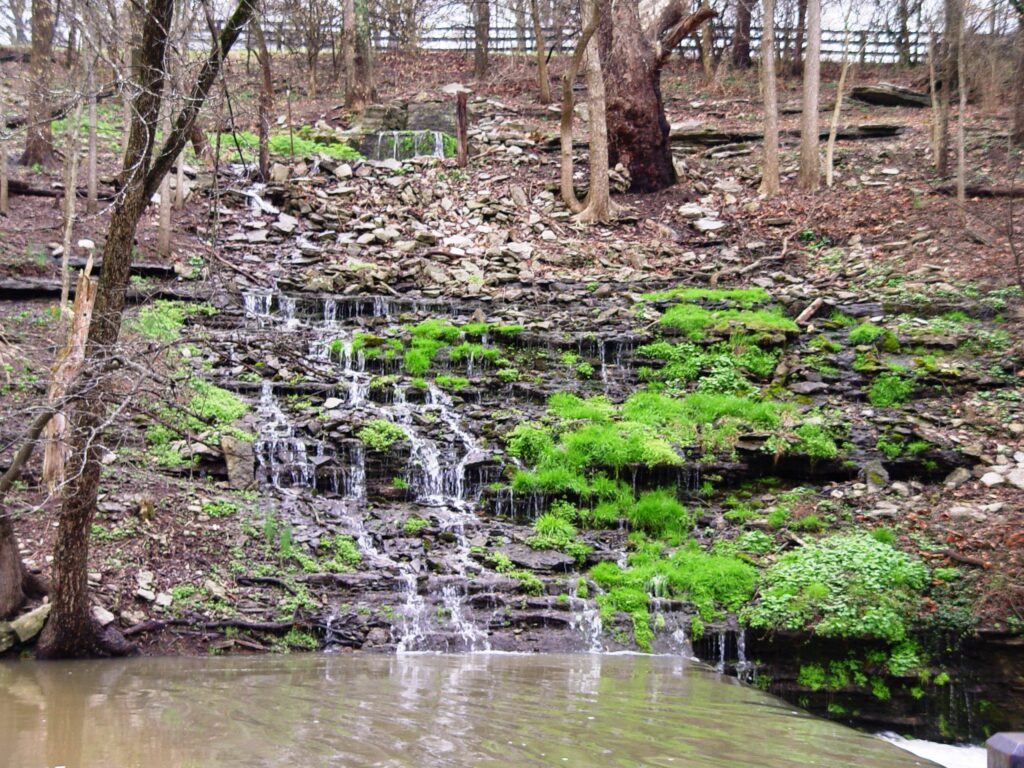
The Importance of Limestone
The rocks there are mostly sedimentary, laid down in warm, shallow seas that covered central North America about 350 million years ago. Significantly, there is a fairly large area in North Central Kentucky that is underlain by a specific type of sedimentary rock: limestone. Isn’t it odd that this is where 96% of all the bourbon in the world is made? Isn’t it odd that this is the region where so many thoroughbreds are born and raised, and many of them run in the Kentucky Derby? Well, no, not really.
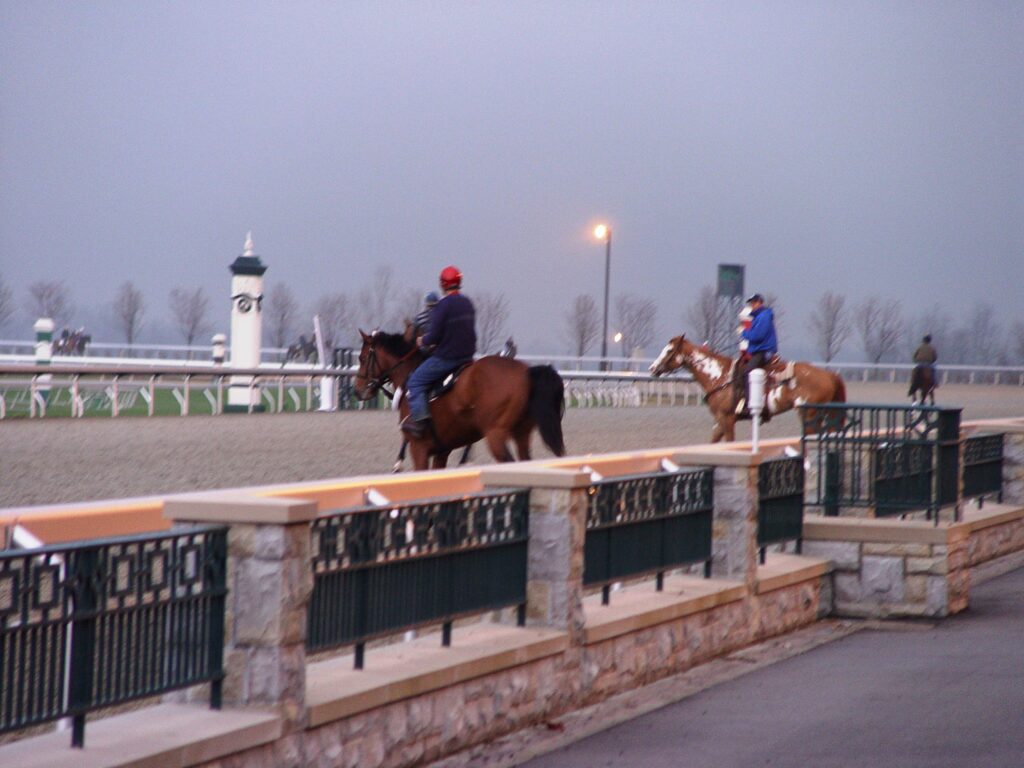
You see, the real connection is this: The limestone filters the water in a way only nature can do it, adding the calcium carbonate that does two very magical things. First, it helps to make strong bones – and is marvelous for making great champion racehorses. Second, it makes for an excellent bourbon, because it is free of the minerals that would negatively affect its taste.
This is especially true of iron, which would ruin any bourbon, and especially a good one. The calcium in the water here is also said to aid the yeast in its job of converting sugars to alcohol. Where else do you get a combination like that? Nowhere!
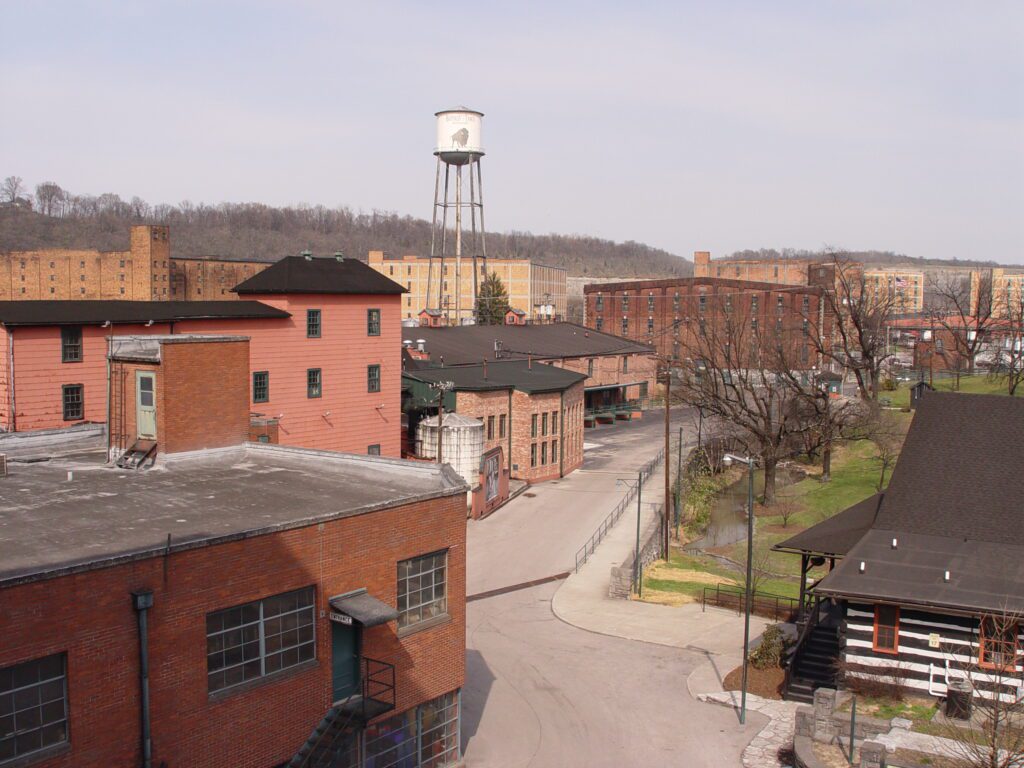
Buffalo Trace Distillery
Here is where you can take a brief detour, and I’ll share with you what I learned about not only the history of bourbon, but the intricacies of how it is made. In the meantime, let me tell you that our tour of Buffalo Trace may well have been one of the most interesting, informative, and enjoyable of any tour I have yet taken.
Angela is incredibly easygoing and upbeat about her job (although I don’t think she considers it a job… more like a passion) at Buffalo Trace and easily shares her knowledge about what has been a working distillery since 1787. She introduced us to the fine art of making bourbon, from square one (receiving, testing, and crushing the corn), to the production of the mash, to fermentation, distilling, barrel aging and finally the bottling (corked and sealed by hand) of the amber-colored ambrosia.
I even had the distinct pleasure of sampling what is referred to as “White Dog“. This product is crystal-clear liquid that results after final distillation and before being put in barrels for aging, at about 135 proof. I can tell you it had the kick of a mule!
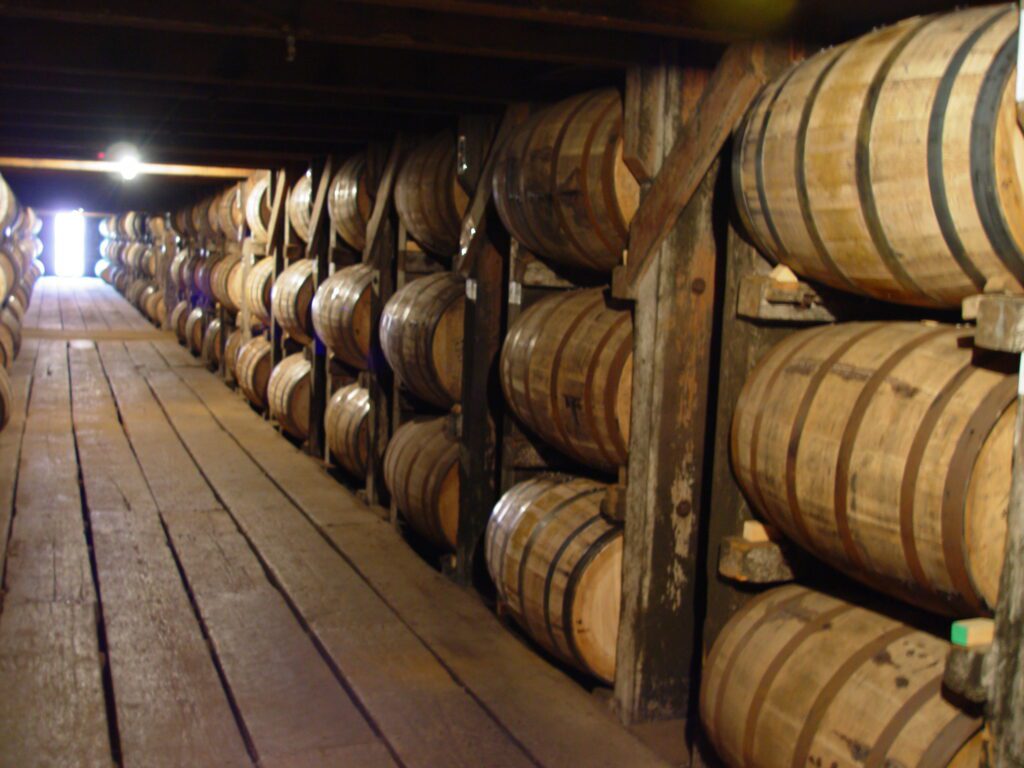
The Value of Aging
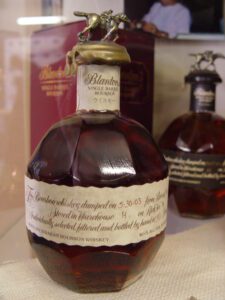
Speaking of aging, there is one more piece of information I’d like to make note of before moving on. Angela guided us to the 100+ year-old warehouse where much of the Buffalo Trace barrel aging takes place. All aging is enhanced by Kentucky’s climate.
High temperatures in the summer drive the bourbon into the charred staves of the new white oak, fifty-three-gallon barrels. Low temperatures in the winter months pull the bourbon back away from them. Every cycle pulls new strands of flavor – like vanilla and caramel – out of the barrel and into the whisky.
Of course, the placement in the warehouse – whether toward the roof or the floor of the building – makes a difference as well. As the bourbon ages, a part of it evaporates, and escapes into the warehouse atmosphere. About three percent of this bourbon is inevitably lost to evaporation with the passage of every year.
This “lost” bourbon is affectionately referred to as “angel’s share” (a tongue-in-cheek reference and thus the heavenly smell). This evaporated bourbon, combined with the toasted oak and nuances of the whisky itself are unmistakable and divine. They are certainly testament to the quality of the final sippin’ whisky for which we must patiently wait. The waiting period? Anywhere from six to ten years…
After Bourbon Tasting, On to Dinner at Serafini
A lot of tender loving care goes into Buffalo Trace bourbon! We left the distillery, but only after several samples of excellent bourbon, of course (a must on any tour!). We checked in to the Holiday Inn Express Hotel & Suites on the south side of Frankfort before heading back into town for a great dinner at Serafini, an upscale, Italian venue with pleasant ambience, Touted on their website as “the finest restaurant in Kentucky’s capital” , white table cloths and napkins graced the tables, and lots of mouth-watering and inventive selections from which to choose, filled the menu.
There are plenty of salads, pastas, beef, and seafood from which to choose, all with special touches from Chef Nat Tate. There were Kentucky twists like “The Governor’s Hot Brown” and the “Kentucky Bison Company Flank Steak”. Our dinners were fabulous. Mine of course, was naturally followed by a glass of one of Buffalo Trace’s best: Blanton’s Single Barrel.
Named after Colonel Albert Bacon Blanton, who in 1901 at the age of twenty, headed up Buffalo Trace. It was a great way to finish the meal and the day. Our accommodations at the Holiday Inn were perfect, and seconds after my head hit the pillow, I drifted into a deep sleep. Somewhere in my olfactory, the scent of sour mash, yeast and angels’ share lingered and brought a smile to my face.

